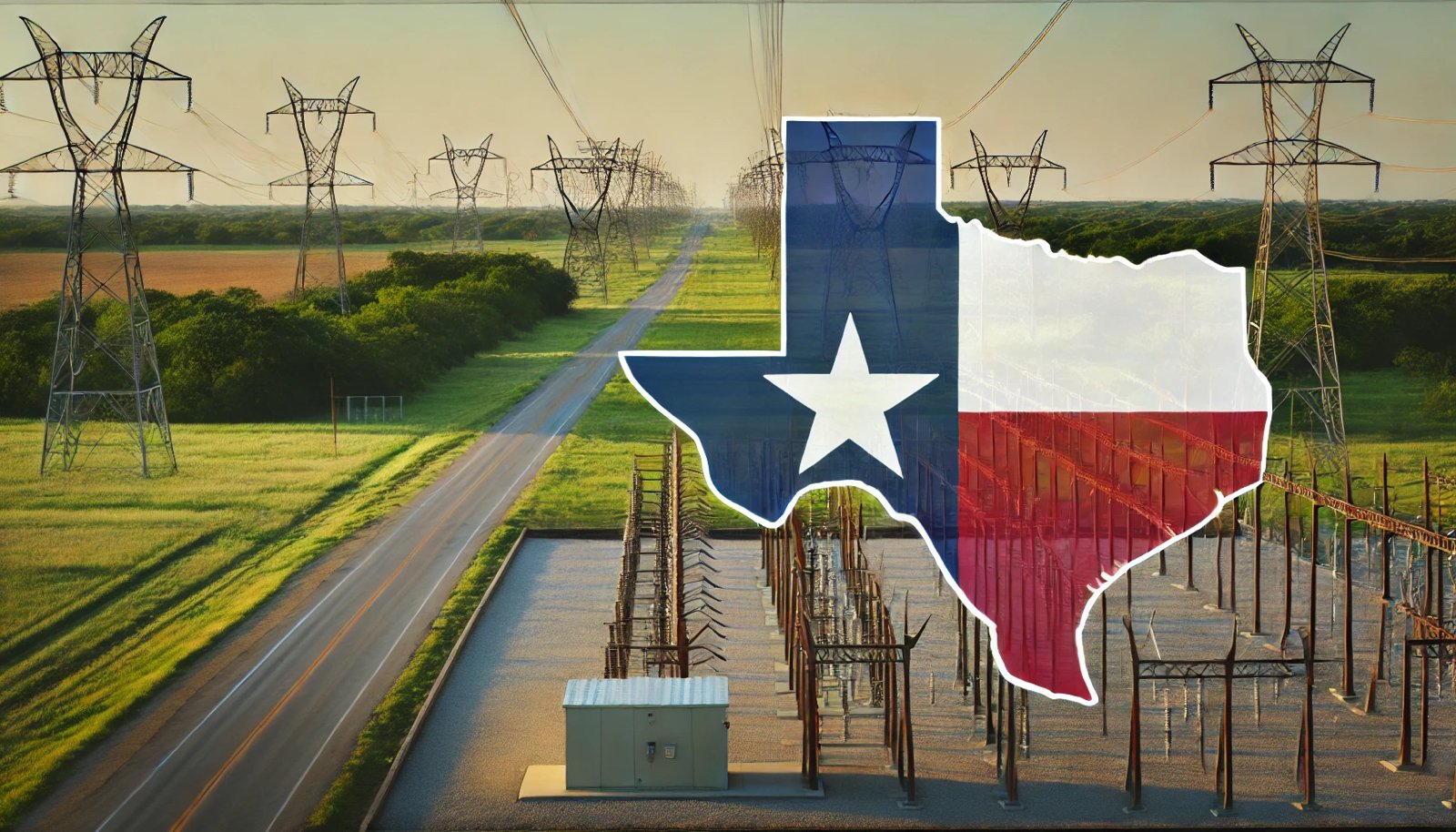Why Is Texas On Its Own Electric Grid?
Texas is all about independence, and this expression comes alive in its very unique electrical grid: Texas is one of the states in the United States that doesn't share the same power grid as others. Its singular power grid is called the Texas Interconnection. It is operated by the Electric Reliability Council of Texas, which has supplied electricity to more than 26 million people, making sure the state has controlled its supply. This is an aspect that will hugely impact the lives of its residents, especially during recent reliability tests on the system. Regarding this aspect, the residents in Texas can be hopeful about using Austin Cleaning Services to make sure of a comfortable environment at home. For those who are relocating, a Move Out Cleaning Service Austin will ensure that properties are vacated in pristine condition, and you do not have to waste any time to look at the specifics of their energy profile.
The History of Texas's Independent Grid
It was established to provide Texas with a degree of control over its electricity so that the state can regulate as much as it can. The Federal Power Act of 1935 granted the federal government the power to regulate interstate electricity transactions. Desiring not to be regulated and have full rights to be independent, Texas erected its own grid. In 1970, ERCOT was established to ensure that electricity is transmitted reliably throughout the state to ensure supply meets demand.
This independence means that most of Texas's electricity is generated and consumed within state lines. The system is built on over 52,700 miles of transmission lines and diversified mix energy sources with natural gas serving as the dominant source followed by coal, wind, and then solar power. Texas has led in both wind and solar energy production, which has made it possible to take full advantage of its natural resources.
Recent Challenges: The Winter Storm of 2021
Although it had its benefits, there was a severe issue for the power system of Texas during the extreme conditions of the winter storm that hit in February 2021. The storm caused a widespread outage of power, disrupting the power supply to millions of residents. Freezing conditions made many power plants inoperable, while natural gas supplies were severely disrupted.
The crisis did it to the operations of ERCOT and made a reappraisal of the management of electricity in Texas necessary. Since then, ERCOT has improved reliability, but concerns remain whether it can meet future demands for energy without significant investments in both infrastructure and technology.
Role of Renewable Energy in Texas
As the state continues to grow economically and demographically, it seems renewable energy has become a priority of Texas. For a while now, wind energy has been an anchor of Texas's renewable strategy, but solar is gaining ground very fast. With installation costs plummeting rapidly, solar turns out to be a competitive choice for both residential as well as commercial users.
Still, there are imbalances of supply and demand. ERCOT has realized the necessity of battery storage that would store the excess energy during peak production times. Such a technology is necessary for making sure that renewable energy could be used effectively when there was a high demand or the generation had decreased.
Future Outlook: What Awaits Texas's Electrical Grid?
A number of key developments are likely to impact the way forward for Texas's electrical grid, including:
1. Infrastructure Development: There will be a need to invest more in transmission infrastructure to respond to increasing energy demands and integrate more renewable sources of supply into the grid.
2. Regulatory Changes: In order to drive improvements in reliability, regulatory change could be required to offer the right incentives for investments in traditional as well as renewable energy resources.
3. Consumer Education: Consumer education, which informs consumers of the amount of energy used for their needs, helps lessen peak demand pressures. Preserving system stability through effective programs that encourage consumers to conserve during peak periods remains essential.
4. Emergency Preparedness: Preparation for emergencies will play an important role in limiting service interruption during extreme weather conditions.
Conclusion
Texas operates an independent electrical grid through ERCOT, with both promises and challenges uniquely set up in the state. While its independence allows it to come up with innovative solutions to various markets, its reliability during peak demand times or other unfavorable weather conditions is reliant upon effective management.
Services such as Austin Cleaning Services enable that much needed help for those residents to keep a comfortable living environment amidst apparent changes in energy management. Be it before the change of seasons or after use of a Move Out Cleaning Service Austin, necessary cleanliness has become inevitable. With easy and reliable assistance, life has simply gotten better.
As the process continues to unfold, it will be increasingly necessary for Texans to understand more about how their electrical grid works when it comes to informed decisions about sustainability practices moving forward. Utilizing services such as Austin Cleaning Services is good business for the locals while helping clean up living spaces, fostering an awareness and sense of community responsibility during this time of change.
